Page 1
~ The Study of Threes ~
http://threesology.org
| pg 1 | pg 2 | pg 3 | pg 4 | pg 5 |
While I already have an older series on language 3s, this page will be an attempted re-creation based on later impressions being collated at this moment. It is "both" a review, a supplement and a means to permit a moment's digression from continuing The Devil's Advocate series, as well as pursuing the completion of tasks waiting in the queue of my mind, that over the years has had to develop a type of "take a number" method of organization since I am routinely confronted by requests from the many muses in my consciousness to venture down one railroad track, pig path, or unmarked trail, though many of the paths have well-worn inscriptions left by others but are in need of a different set of eyes to look at the vistas of information which prevail in a given subject area's terrain.
However, as I reflected on an initially applied two-part title of "Language and Hearing", I came upon a visit by my "3's Muse" at the point of nearing the completion of this threes selection (which was only one page long at the time) that has now turned into multiple pages; which "encouraged" me to rewrite the title as Language, Hearing, Cognition, because my 3's muse appears to be a rather mischievous character like the Norse Loki or an Irish Leprechaun and some chain rattling ghosts from different European accounts; though other entities "from beyond" the normal realm(s) of what we call reality might well be included in this lineup if we were to take a survey of myth, legend and isolated curios from other cultures. In other words, my 3's muse toys with me through an inspiration suggesting I will be venturing along a short path, only to find I have ended up in some valley, mountain path or forested trail which I have to continue blazing because the muse laughingly removed the markers by which I could easily return to where I had begun. I get suckered into wanting to see the "only one thing" the muse says I just have to take a look at, only to find it is multiple "one things" that I have to collect and make an account of like many a collector does for later more intensive analysis and collation. One day I hope to get a chance to return the favor to my muse. (But at such an outspoken report I can hear my 3's Muse playfully laughing.)
But that's enough poetically inclined literary narrative spoken for fun. Let me move on to more serious topics.
Let me begin by presenting some references to Language, to Hearing and to Cognition, highlighting a "threes" formula, for those who have come to this page by some per-chanced enigmatic encounter that led them to an uncustomary place of traveling by the wayside, and are not familiar with a recurring "threes" theme being found in many subject areas; and are much less aware of how such a recurring theme may have any applicable value to their own interests:
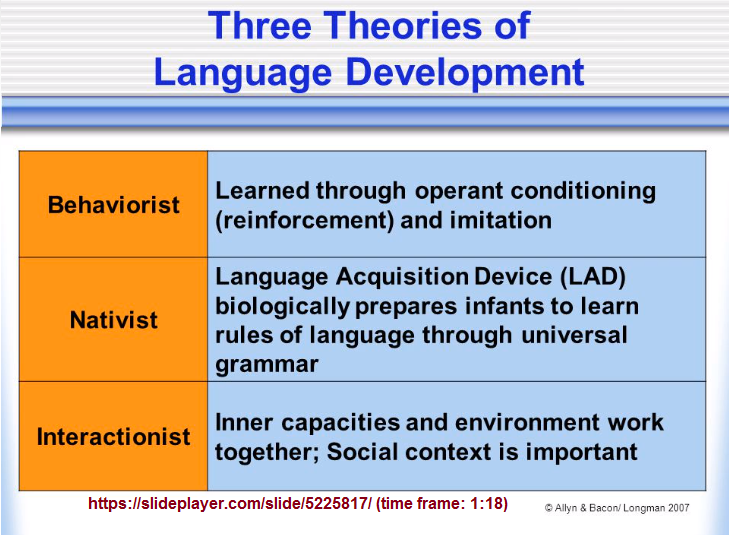
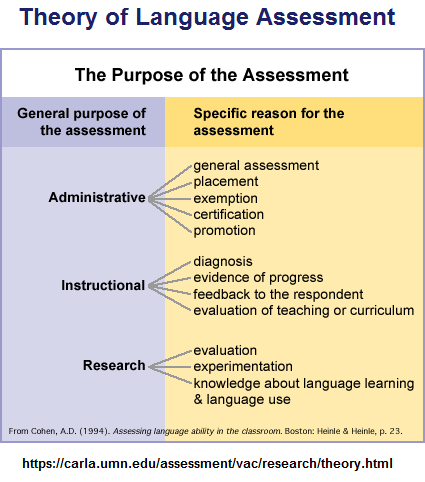
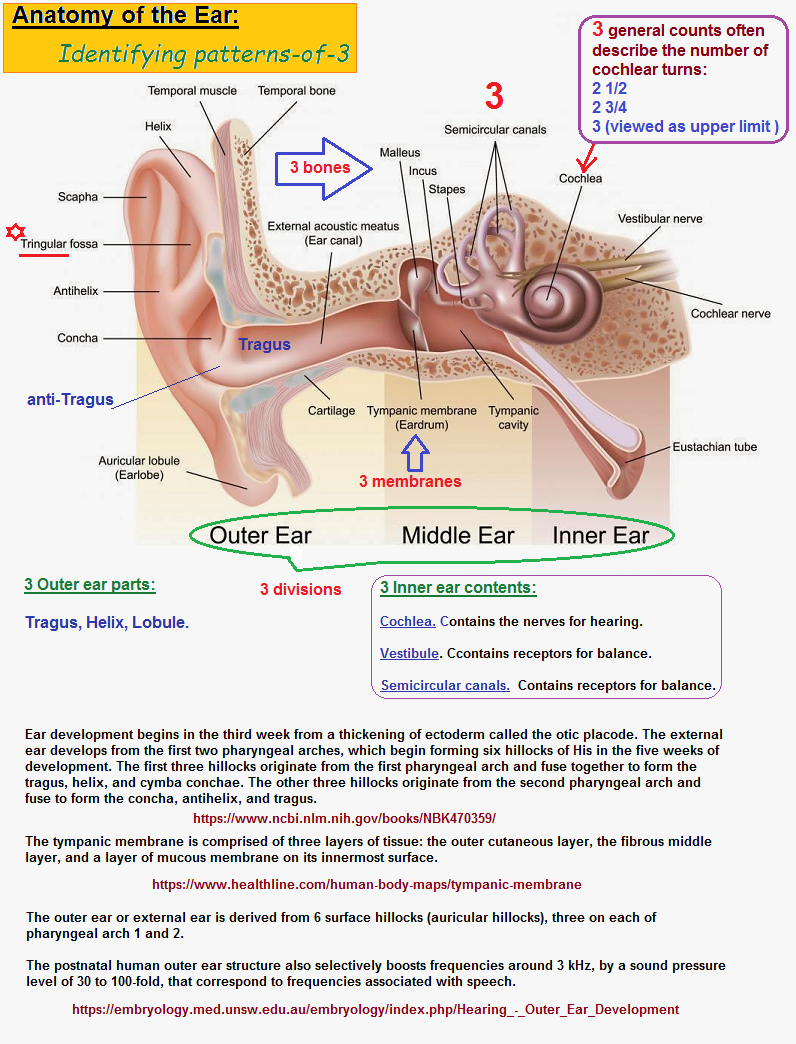
Language 3s page 1
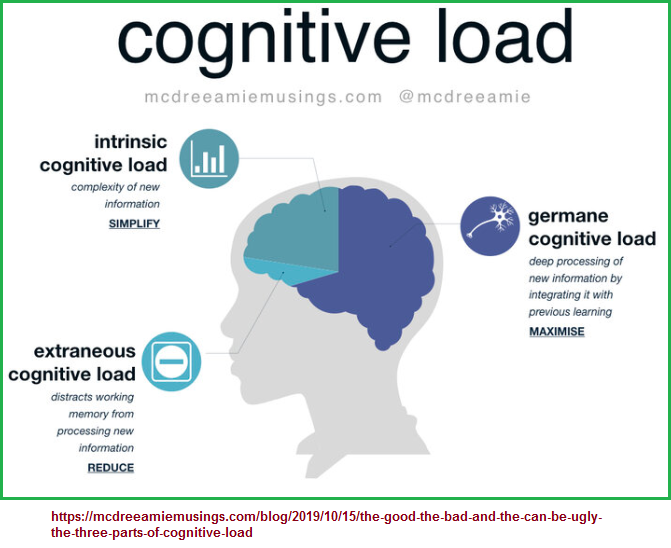
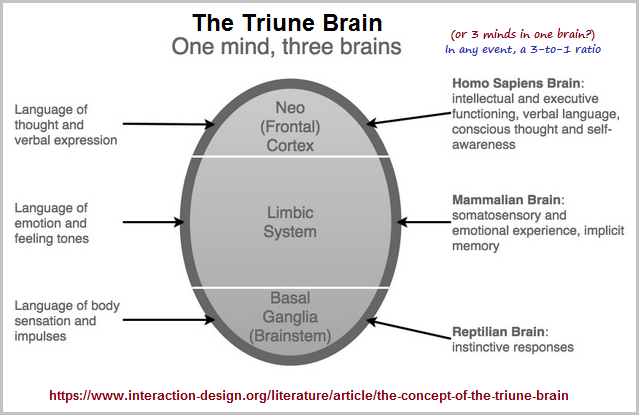
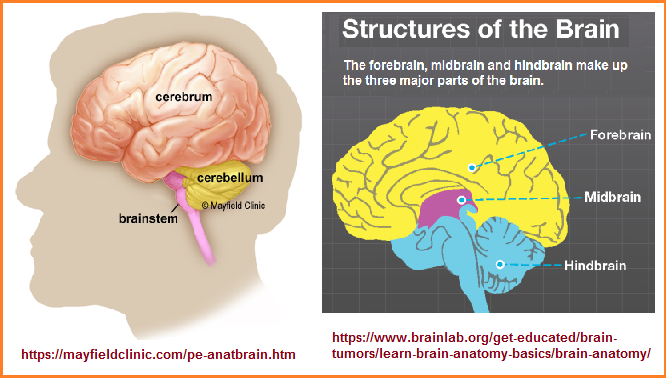
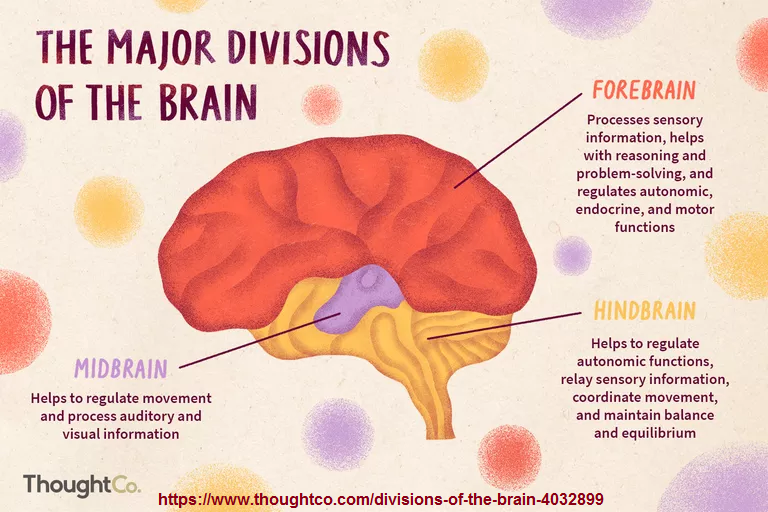
Fore Brain: It is the main thinking part of the brain and controls the voluntary actions. The forebrain processes sensory information that is collected from the various sense organs such as ears, eyes, nose, tongue, skin. It is because of the presence of forebrain, humans are placed at the highest level in the animal chain. The forebrain consists of the Cerebrum, Thalamus and Hypothalamus.
The cerebrum is the biggest part of the brain. This part we associate with higher brain functions such as thinking and action. It contains the cerebral cortex and other subcortical structures. The cerebral cortex is highly wrinkled and makes the brain very efficient. Now the cerebral cortex again divides into four divisions called lobes. They are:
- Frontal lobe –Is associated with parts of speech, reasoning, problem-solving, planning, movement and emotions.
There are four principal gyri in the frontal lobe. The precentral gyrus, is directly anterior to the central sulcus, running parallel to it and contains the primary motor cortex, which controls voluntary movements of specific body parts. Three horizontally arranged subsections of the frontal gyrus are the superior frontal gyrus, the middle frontal gyrus, and the inferior frontal gyrus. The inferior frontal gyrus is divided into three parts – the orbital part, the triangular part, and the opercular part. (Wikipedia: Frontal lobe)
- Parietal lobe – We associate parietal lobe with recognition, orientation, and perception of stimuli.
The parietal lobe is defined by three anatomical boundaries:
- The central sulcus separates the parietal lobe from the frontal lobe;
- The parieto-occipital sulcus separates the parietal and occipital lobes;
- The lateral sulcus (sylvian fissure) is the most lateral boundary, separating it from the temporal lobe.
The longitudinal fissure divides the two hemispheres. Within each hemisphere, the somatosensory cortex represents the skin area on the contralateral surface of the body. (Wikipedia: Parietal lobe)
- Occipital lobe – Is responsible for visual processing.
The cerebral surface of the occipital lobe irregularly molds into eminences called gyri and separated by depressions called sulci. The lateral surface of the occipital lobe consists of three characteristic occipital sulci: the intra-occipital sulcus, the transverse occipital sulcus, and the lateral occipital sulcus. The intra-occipital sulcus is an extension of the intraparietal sulcus of the parietal lobe. The transverse occipital sulcus crosses the superolateral surface of the brain transversely and lies posterior to the parieto-occipital sulcus. The lateral occipital sulcus is a horizontal sulcus that divides the lateral occipital surface into gyri. The occipital lobe commonly subdivides into superior and inferior gyri by the lateral occipital sulcus. Occasionally it divides into three occipital gyri; superior, middle and inferior, by the lateral occipital sulcus and extension of the transverse occipital sulcus. The superior and inferior gyri converge to form the occipital pole. (Neuroanatomy, Occipital Lobe by Amna Rehman; Yasir Al Khalili.)
Mid Brain:
The midbrain connects the forebrain and the hindbrain. It acts as a bridge and transmits signals from hindbrain and forebrain. It is associated with motor control, vision, hearing, temperature regulation, alertness.
Hind Brain:
It is the control centre for visceral function. As a result, this part of the brain plays a role in controlling the heart rate, breathing, blood pressure, sleep and waking up functions etc. The hindbrain has three parts, namely – medulla oblongata, pons and cerebellum.
The cerebellum is responsible for maintaining equilibrium, transfer of information, fine adjustments to motor actions, coordinating eye movements etc. Coordination and body balance, posture during walking, riding, standing, swimming, running, are all maintained by the cerebellum.
Parts of the Human Brain
- Cerebrum. The cerebrum (front of brain) is composed of the right and left hemispheres, which are joined by the corpus callosum. Functions of the cerebrum include: initiation of movement, coordination of movement, temperature, touch, vision, hearing, judgment, reasoning, problem solving, emotions, and learning.
- Brainstem. The brainstem (middle of brain) includes the midbrain, the pons, and the medulla. Functions of this area include: movement of the eyes and mouth, relaying sensory messages (such as hot, pain, and loud), respirations, consciousness, cardiac function, involuntary muscle movements, sneezing, coughing, vomiting, and swallowing.
- Cerebellum. The cerebellum (back of brain) is located at the back of the head. Its function is to coordinate voluntary muscle movements and to maintain posture, balance, and equilibrium.
Anatomy of the Brain
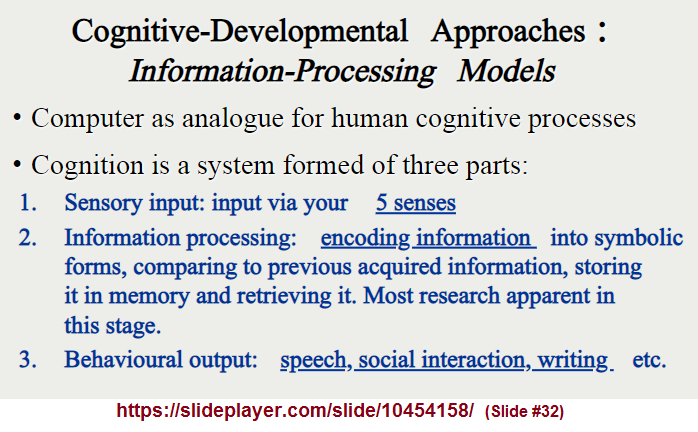
While it is not customary for research in Hearing, Language, and Cognition to take place with the emphasis I have with respect to ensembles of three-patterned ideas, the idea of thee-patterned ideas displayed on these three, by way of affected behavior; do show up such as 'Three's a crowd': The triple impact of hearing, vision and cognitive impairment in older people, 11 Dec. 2019, by:
- Lucas Wolski- graduated as a Psycho-gerontologist (M.Sc.) from the University of Erlangen-Nuremberg in 2012.
- Iracema Leroi- Iracema Leroi is an Associate Professor in geriatric psychiatry at Trinity College, Dublin.
- Ines Himmelsbach- Ines Himmelsbach is a Professor for Social Gerontology at the Catholic University of Freiburg.
- Piers Dawes- Piers Dawes studied speech and hearing science at Curtin University in Western Australia and holds a doctorate in experimental psychology from Oxford University.
- Abebaw M. Yohannes- Abebaw M. Yohannes is a Professor at Azusa Pacific University in the department of Physical Therapy.
Likewise, on the other end of the behavioral spectrum, we might encounter ideas regarding developmental milestones, though many focus on speech and cognition, while others on physical co-ordinations and socialization with appropriate emotional and mental exchanges conveyed by language. Language and speech may be differentiated as well as differentiations made between language, hearing, and behavior, while cognitive skills are judged via performance tasks set before an infant or child, unless a specific research orientation is focused on aging.
Another approach to some (typically two-part) combination of the above 3 items in the page title is to represent an idea such as Editorial, Cognitive Hearing Mechanisms of Language Understanding: Short- and Long-Term Perspectives by Rachel J. Ellis (1,2), Patrik Sörqvist (2,3), Adriana A. Zekveld (2,4) and Jerker Rönnberg (1,2):
- Department of Behavioural Sciences and Learning, Linköping University, Linköping, Sweden
- Linnaeus Centre HEAD, Swedish Institute for Disability Research, Linköping University, Linköping, Sweden
- Department of Building, Energy and Environmental Engineering, University of Gävle, Gävle, Sweden
- Section Ear and Hearing, Department of Otolaryngology-Head and Neck Surgery and Amsterdam Public Health Research Institute, VU University Medical Center, Amsterdam, Netherlands
The phrase "Cognitive hearing mechanisms" is rather a creative and catchy phrase, though it suggests that cognition has its own mechanism of hearing to be differentiated from other types of hearing such as music hearing, mathematical hearing, poetry hearing, emotional hearing, hearing for healing processes, hearing for aging processes, hearing for growth and development, etc., as well as varying types of "listening" which may convey to some readers as a reference to intuitive appreciations of perceptions which are uniquely individuated and sometimes subjected to what may be described as esoteric, pagan, or "feminine sensibilities" of subtleties... thus suggesting multiple types of hearing (and/or listening)that we might want to systematized in a three-patterned way such as the following list, though parallels could well be made in other dimensions of consideration, though perhaps thought of by some as mere "conversational speculatives" (for example the distinctions of Virgin- Mother- Crone; Young soul- Old soul- Ancient soul; Sub-conscious—Consciousness—Hyper-consciousness; Insanity- Sanity- Super Sanity; Child- Parent- Adult; Id-Ego-Super Ego; Monism- Dualism- Pluralism, etc...):
- Selective hearing/listening
- Collective hearing/listening (Recall the idea of a collective unconscious which may also suggest a more basic biological/physiological collectivity on the substrate level.)
- Differentiated hearing/listening (Such as might be defined with the word multiplicity, varied, episodic, multi-tasking, etc...)
However, the latter, foregoing article also focuses on age-related (geriatric) issues and not in the larger philosophical spectrum being approached here that recognizes a recurring pattern related to all three but that pattern has gone relatively unnoticed by many researchers in different fields.
The title Language, Hearing, Cognition, was viewed more as a sentence reading: "Language hears Cognition", though in my mind the words flopped around and the three exchanged places to reveal such examples as the following, (though I must be forgiven for my poetic license being flashed as a badge entitling me to be explorative:
- Cognition hears Language;
- Hearing Cognition's Language;
- Language thinks about hearing;
- Hearing and Language cognates;
- Hearing thinks about Language;
- The cognitive dimensions of language
- How hearing listens to the mind.
- Mental sounds of language.
- etc...
In thinking about the ways and meanings of language expressions, I am reminded of an old expression by Noam Chomsky Colorless green ideas sleep furiously, which was interpreted to be quite sensible to my mind... and in fact was interpreted as a beautiful line of poetry that made lots of sense; since it accurately conveyed a portraited vista of the place I ventured into while writing poetry. Yet, for those unfamiliar with the expression's history, a bit of background is called for:
"Colorless green ideas sleep furiously" is a sentence composed by Noam Chomsky in his 1957 book Syntactic Structures as an example of a sentence that is grammatically correct, but semantically nonsensical. The sentence was originally used in his 1955 thesis The Logical Structure of Linguistic Theory and in his 1956 paper "Three Models for the Description of Language". Although the sentence is grammatically correct, no obvious understandable meaning can be derived from it, and thus it demonstrates the distinction between syntax and semantics. As an example of a category mistake, it was used to show the inadequacy of certain probabilistic models of grammar, and the need for more structured models.
Of course I thought at the time (when I first encountered it decades ago), if one is color blind the color green could be present nonetheless, which meant it "sleeps furiously" away from the color blind person's attempts to awaken it to their perceptibility. But not only green, this was true of many ideas whose perceptions appear to be "out-of-range" for one reason or another, such as those who have difficulty in grasping a more complex mathematical level of exploiting numbers and symbols, to say nothing of those mixing and matching musical notes that another might interpret to be a nonsense language if they are unfamiliar with it. Such was the problem with Chomsky's interpretation of the "colorless green" comment. He was deficient in the language of poetry and how the sentence could be interpreted in a larger sense. He took the sentence at a face value which gave a low estimation to the value with which words can (be used to) purchase different impressions (and cognitive continuity). His coinage of language reminded me of those who used wooden nickels or metal slugs for commercial trades because they had not yet learned how to fashion coinage out of precious metals. While the metaphor may be a bit extravagant, it aptly suits differences one can not only have about language but use it for different expenditures of thought processing. The same holds true for many experts who expect everyone to toe-the-line with respect to their views, because to not do so makes them very insecure.
Because of the (limited) multiplicity which the above three ideas (Language, Hearing, Cognition) could be arranged (without venturing into a genre of genealogical meanderings that I would have to hold the hands of some readers though a course of step-by-step explication and progressive elaboration such as is used in every educational setting of the from simple→ to→ complex formality... mainly due to a given reader's unfamiliarity with my line of cumulative digressions); my mind perused the notion that since there are multiple languages, multiple types of hearing (that we might call selective listening, etc...), and multiple types of thinking (to be shortly seen in the following examples), We can (musefully or metaphorically) describe all three of them (Language, Hearing, Cognition) as different 'species', or breeds of the same species. Which, at the moment sidelines me to consider asking the question of where the different characters of the human lineage (Afrcanus, Australopithicine, Neanderthal, etc.,) experienced their world with the same relative mechanisms of perception as we think all people do today, or were the overt anatomical differences also different internally to some degree which would present them with a different array of perceptual mechanisms? For example, did they grow with three ear bones, three eye cones, or use three phonemes?
But let me provide a third reference on the present topic: Theory of Mind: Language and Cognition in Deaf Children by Brenda Schick, Jill de Villiers, Peter de Villiers, and Bob Hoffmeister.
In particular, let me provide the example being used to describe what they view as a Theory of Mind:
Simon's Cake
Simon and his father made a cake together. But Simon wanted to go play and eat the cake later. So he put the cake in the cupboard. Then Simon left to play. The father thought that the icing on the cake might melt in the cupboard so he moved it to the refrigerator. Then the father left to go shopping. Later, Simon came home and he wanted to eat his cake. Where will Simon look for the cake?
You probably responded that Simon would look for the cake in the cupboard. He had put it there, and he didn't know that his father had moved it. Your answer shows that you have a Theory of Mind. You can distinguish between what you know and the false belief, or misunderstanding, that Simon has.
Children around age 3, however, will answer this question incorrectly. They typically respond that the boy will look for the cake in the refrigerator, because that is where it is. At this age, children have difficulty distinguishing what they know from what others know. Children at this age are aware that people have thoughts, but they don't realize that sometimes people's thoughts and beliefs can be different from their own.
Major changes happen in the child's understanding of other people's minds around age 4. At this age, children can distinguish what they know from what others know, and they can correctly predict that a person's behavior is dependent on what he thinks or knows, even when that belief is false. At about 4 years of age, a child can correctly predict that Simon would look in the cupboard, because that is where he left the cake.
What's wrong with the above example is that we are not told how old Simon is but are led to consider he is quite young because of the reference to a 3 year old. As if a very young child would go anywhere except to an often accessible food place anyway such as a refrigerator, if they were strong enough to open the door. Otherwise a child might well try to climb up in the cupboard, which many parents have witnessing a child attempting to do, whereby they won't routinely place something desired by the child in the cupboard! Indeed, a parent might well have the foresight to realize that they child will come back in, and want to get at the cake, whereby they will cut a piece and place it for easy accessibility and then hide the cake away while a child is not looking, unless they are well-disciplined enough not to try to get to the cake simply by having a parent direct them not to. One must ask the obvious of whether there is or is not another adult available to ask for assistance while Simon's father goes shopping? Surely the young child was not left at home alone.)
What a child says to an adult while being questioned is not necessarily how their mind will work on an individual basis. Surely the task of the cake might well be viewed metaphorically in terms of the monkey and banana problem which is attributed to the work of the German Psychologist Wolfgang Köhler (21 January 1887 – 11 June 1967); generally and often specifically referred to as the study of animal intelligence or intelligence of primates or chimpanzees, who lived in an enclosed setting. Here is one reference: Kohler's Research on the Mentality of Apes
It goes without saying that the verbal reports of the young are not to be taken either literally as if expressing a pointed fact. And the pointed fact being is that the example being used to describe what the authors believe to be illustrative of a theory of mind, is just that. THEIR theory of mind and those who share in accepting their example as being illustrative of mind theory. I just can't figure out if they are attempting to describe the child's mind or the child's mind filtered through their mind, or their mind imposed upon the child's, or..., you get the point.
Such a theory of mind reeks back to an age when psychology did not think to include biology and was quite deficient in attributing externals causative factors... almost entirely attributing mental behavior as being solely due to the person's mental state.
This same sort of antiquated thinking is taking place today in that the correlations being made are not taking into consideration recurring patterns of mental activity from all subjects, and recognize that those patterns are limited and that such a limitation is suggestive of an ongoing enforced inhibition. Something is keeping the mind from transgressing developmentally beyond a usage of a few patterns. However, this is not only taking place with the mind of humans, but physiology and basic biology as well.
However, there are many attendant involvements of other behavioral characteristics that most researchers may well be aware of and include in their research as an accepted given by their peer researchers, all of us are not as comprehensive as we would like to be. There are so many variables, so many intricacies of mix and match biological activity and environmental contextual inter-play that we accept our limitations and simply adopt a course that we think will be beneficial, as well as perhaps original in our endeavors to realize some unknown wealth of applicable knowledge. In other words, there is so much information that one can bring to bear on a given subject, that it is routine for researchers to undertake a very selective, if not narrow focus, though the language employed in a given direction of research may give the impression of an enlarged orientation.
Examples of ideas about thinking types:
- Gardner's Theory of Multiple Intelligences
- Many-minds interpretation (or: Other Minds)
- and single-mindedness versus dual-mindedness expressed by a triple- (or plural) mindedness oriented to a religious context by this article: Single-mindedness vs. Double-mindedness Against the Tide:A by Nancy Missler, 1 Aug. 2003, though it does provide an attempted tripartite reference to three types of minds:
- The natural mind (an unbeliever).
- A single-minded person (also a Christian).
- A double-minded person (a Christian).
This is a lineup to which one might construct the version of: Sub/Supra-natural mind→ Natural mind→ Super Natural mind; though playful considerations might well invent alternative 3-part progressive references: Below- Apart of- Above; Small minds- Average minds- Large minds; Minds of Hell- Minds of Purgatory- Minds of Heaven; Irrational minds- Rational minds- Ultra minds. etc., to include references to action such as slow- medium- fast; or references to attractiveness: Ugly minds- Homely minds- Beautiful minds; or to taste: Bitter/Sour minds- Salty minds- Sweet minds, etc...; or hygiene: dirty/slovenly/unkempt minds- fashionable dressed minds- lavish/gaudy/ostentatious minds; etc.... All of which may be noted as containing some version or variation of what I have referred to as an "embellished" singularity or dichotomy, wherein a three-part assignment actually refers to an underlying dichotomy or singularity. The latter being easily referenced by the three-part singularity of "Tell the truth- The whole truth- Nothing but the Truth", which is a rather silly redundancy of a 3-part phrase referencing a single idea, possibly created by a stuttering official who wanted to effect some assurance of being told the truth while placing one's hand upon a bible, or be stricken down for lying... for bearing false witness, which must have occurred quite often in order for there to be a religious injunction against it. Then again when supposing about the mind of (a) god, is god a he mind, a she mind, or an it mind?
Since I was using the word "species" which has its roots in biology, the presence of such entities in different people and other life forms suggested to me that a form of symbiosis has taken place. (The three are occurring in a single entity called a person... as a sort of triplet code like that found in DNA and RNA.) In other words, that which we describe as language, hearing and thinking are being suppositionally viewed as individuals brought together by a set of circumstances which only later created the condition that we see today, and claim to be a normal occurrence of being born together, without a thought as to possibly having had a previous separate existence. Philosophically speaking, did the mechanism of language, did the mechanism of hearing, did the mechanism of cognition once exist as separate entities as we suppose the organelles in a cell once did?
For example, if a voice is sound waves, then in this sense the "language" of sound waves as a voice did and does exist separate from that which we call both language and hearing, since sound waves can be "heard" by many non-biological entities. Then too, philosophically speaking, that which we call cognition and later embellish with the word "sentience", may have roots elsewhere and not be as limited by the definitions attributed to human behavior alone.
Though some readers might describe this as tiptoeing around metaphysics, science fiction or even imaginative nonsense, it is not a difficult conceptualization when one makes an analogy with the separateness of early organelles for cells having lived apart and then came to be (forced?) together by circumstances. However, this then suggests that if this is the case, we have a situation in which the harmony between hearing, language and cognition is sometimes made difficult because each, from time to time, retreat to a state of semi-individuality like three siblings or three friends who go their own ways during certain conditions. This might in some way metaphorically address why Hearing, Language and Cognition can act like separate entities on occasion, whereby a psychiatric examination reveals no physiological reason causing a mental disturbance with auditory and visual hallucinations (or periodic deafness) as well as problems with articulation... such as speaking in tongues, stammering, lisping, whispering, muttering, etc...
If we look at one aspect of language, we find that segments are sometimes broken down into three parts:
- Consonants
- Vowels
- Suprasegmentals
While there are non-three organized ideas of information to be culled from an examination of language, and indeed a review of Suprasegmentals, this should not stop making reference to "threes" and observing the absence thereof, when stating that: Consonants and Vowels are considered to be segments of which speech is composed; that together form syllables, from which Suprasegmentals are found. (Britannica: Suprasegmentals). Suprasegmentals are considered to be functions of the syllables. One of these functions is intonation with three aspects:
- The division of speech into units
- The highlighting of particular words and syllables
- The choice of pitch movement (e.g. fall or rise)
Another function is stress, of which there are three features that form a scale of importance in bringing syllables into prominence:
- Pitch
- Length
- Loudness
With respect to rhythm, we find that every language can be assigned one of three rhythmical types:
- Stress-timed (where the durations of the intervals between stressed syllables is relatively constant).
- Syllable-timed (where the durations of successive syllables are relatively constant).
- Mora-timed (where the durations of successive morae are relatively constant).
Intonation is said to have a number of perceptually significant functions in English and other languages, contributing to the recognition and comprehension of speech. (Wikipedia: Prosody (linguistics))
The mechanism of phonic breathing involves three types of respiration:
- Predominantly pectoral breathing (chiefly by elevation of the chest).
- Predominantly abdominal breathing (through marked movements of the abdominal wall).
- Optimal combination of both (with widening of the lower chest).
The female uses upper chest respiration predominantly, the male relies primarily on abdominal breathing. Many voice coaches stress the ideal of a mixture of pectoral (chest) and abdominal breathing for economy of movement. Any exaggeration of one particular breathing habit is impractical and may damage the voice. (Britannica: Speech (Language))
Origination date: Monday, December 2nd, 2019... 5:47 AM
Initial Posting: Thursday, December 26th, 2019... 8:45 AM
Updated Posting: Tuesday, February 7th, 2023... 10:41 AM
Herb O. Buckland
herbobuckland@hotmail.com